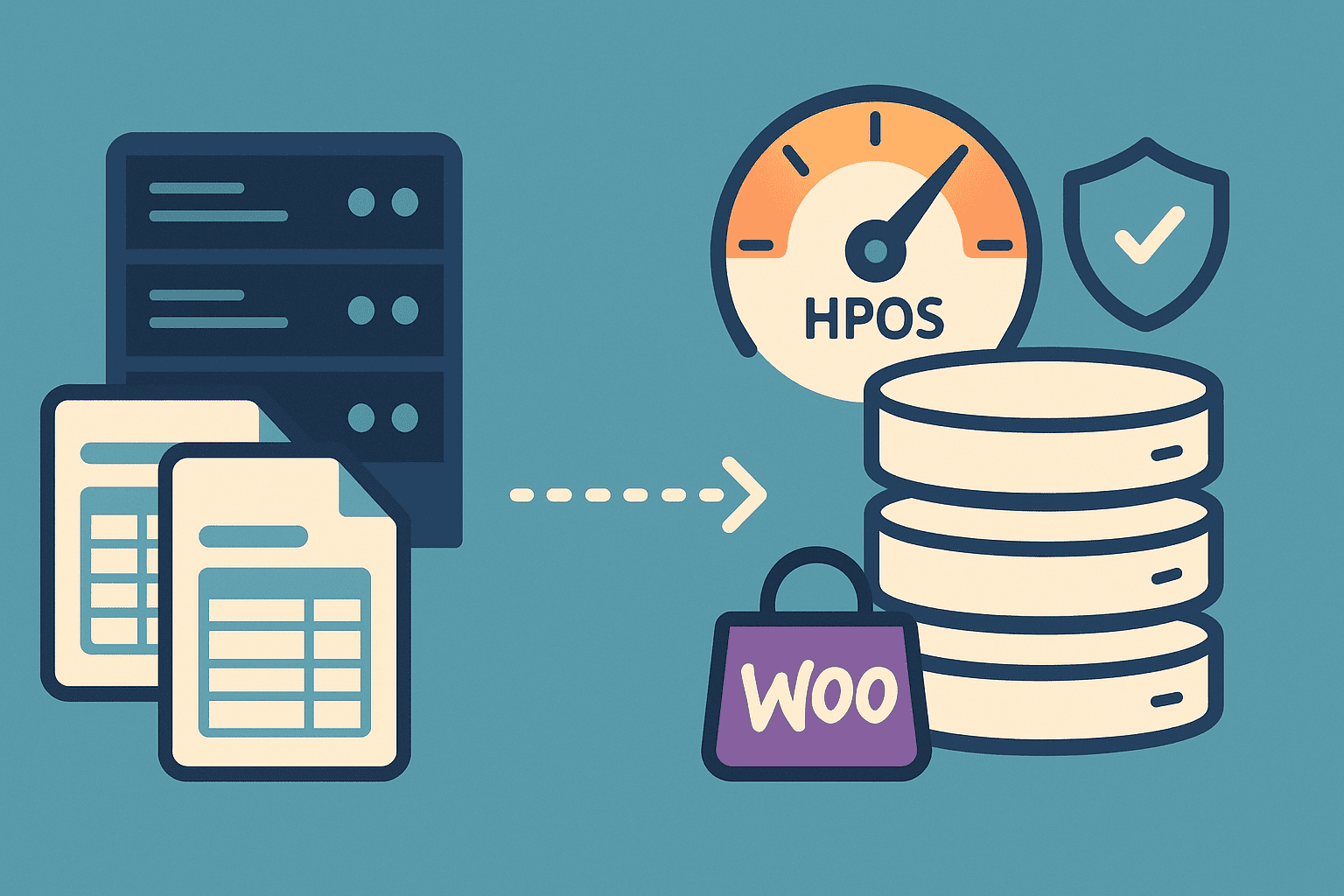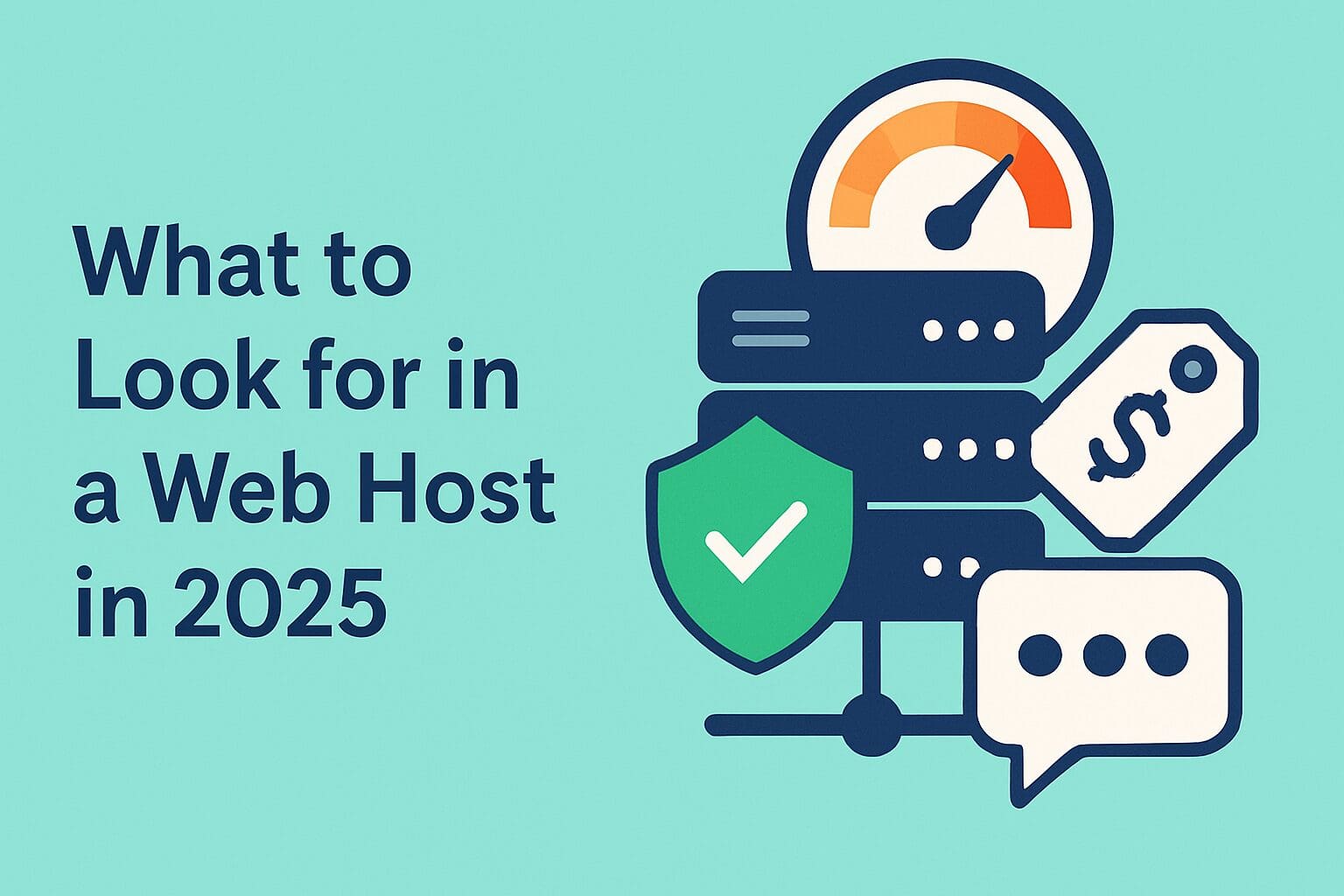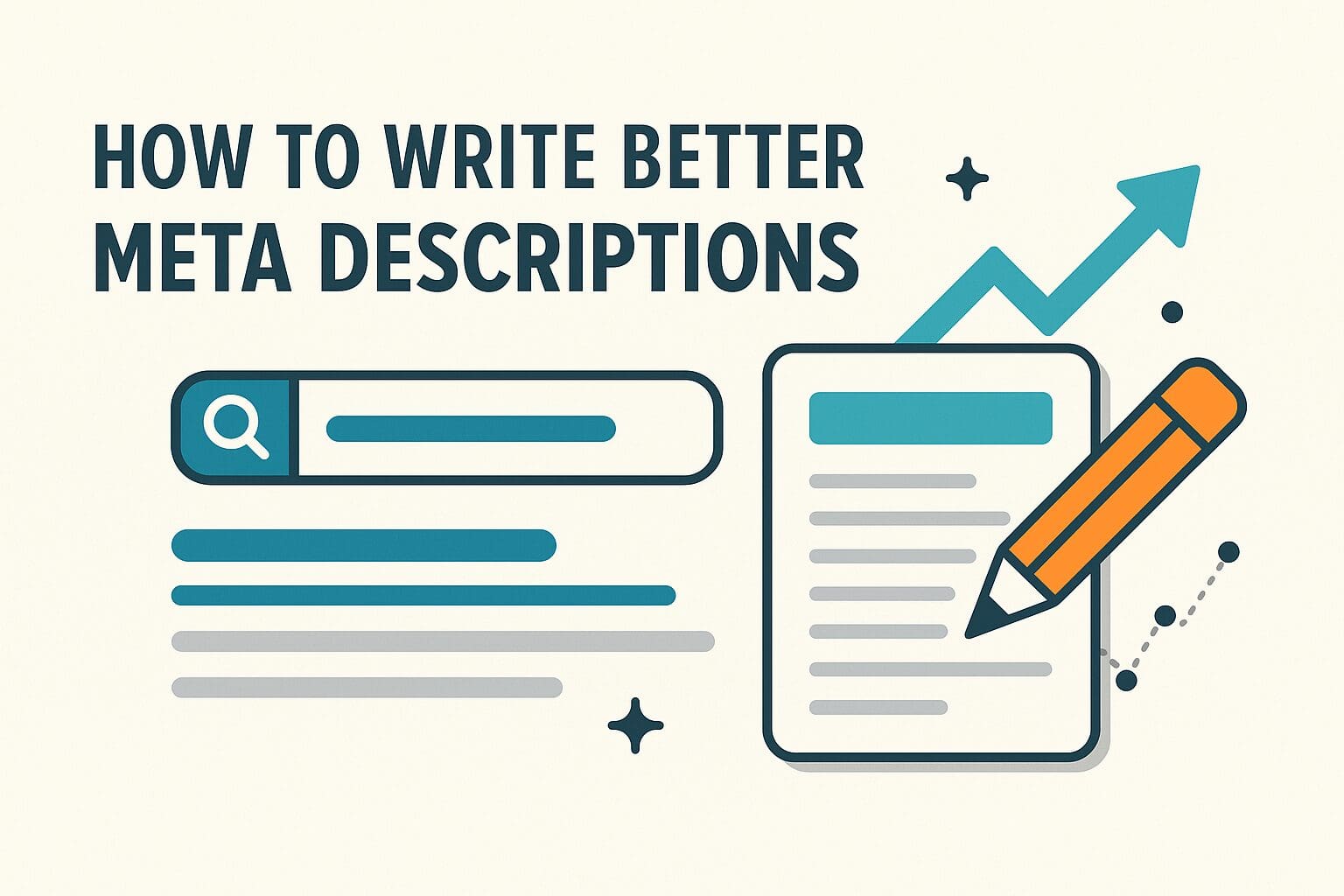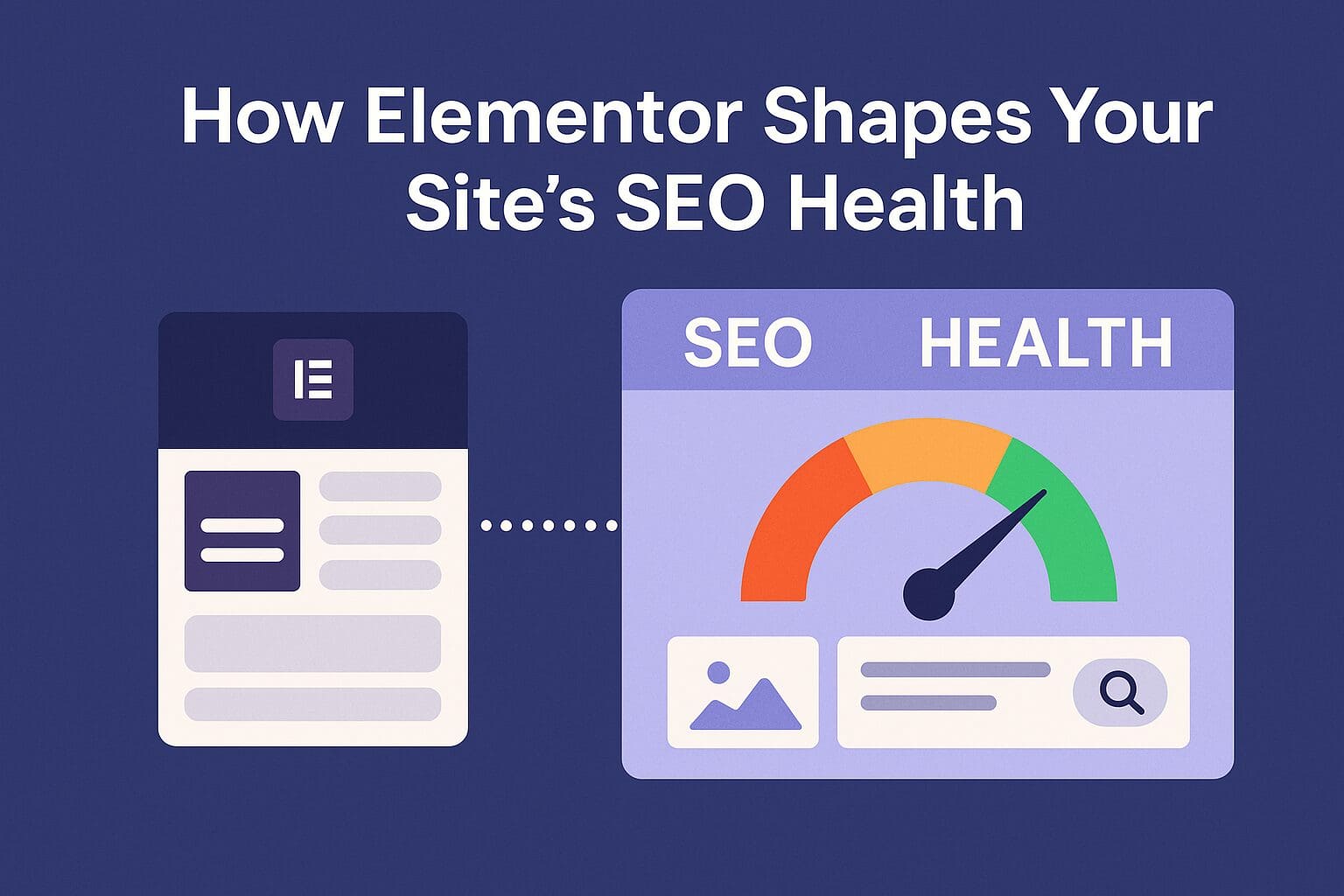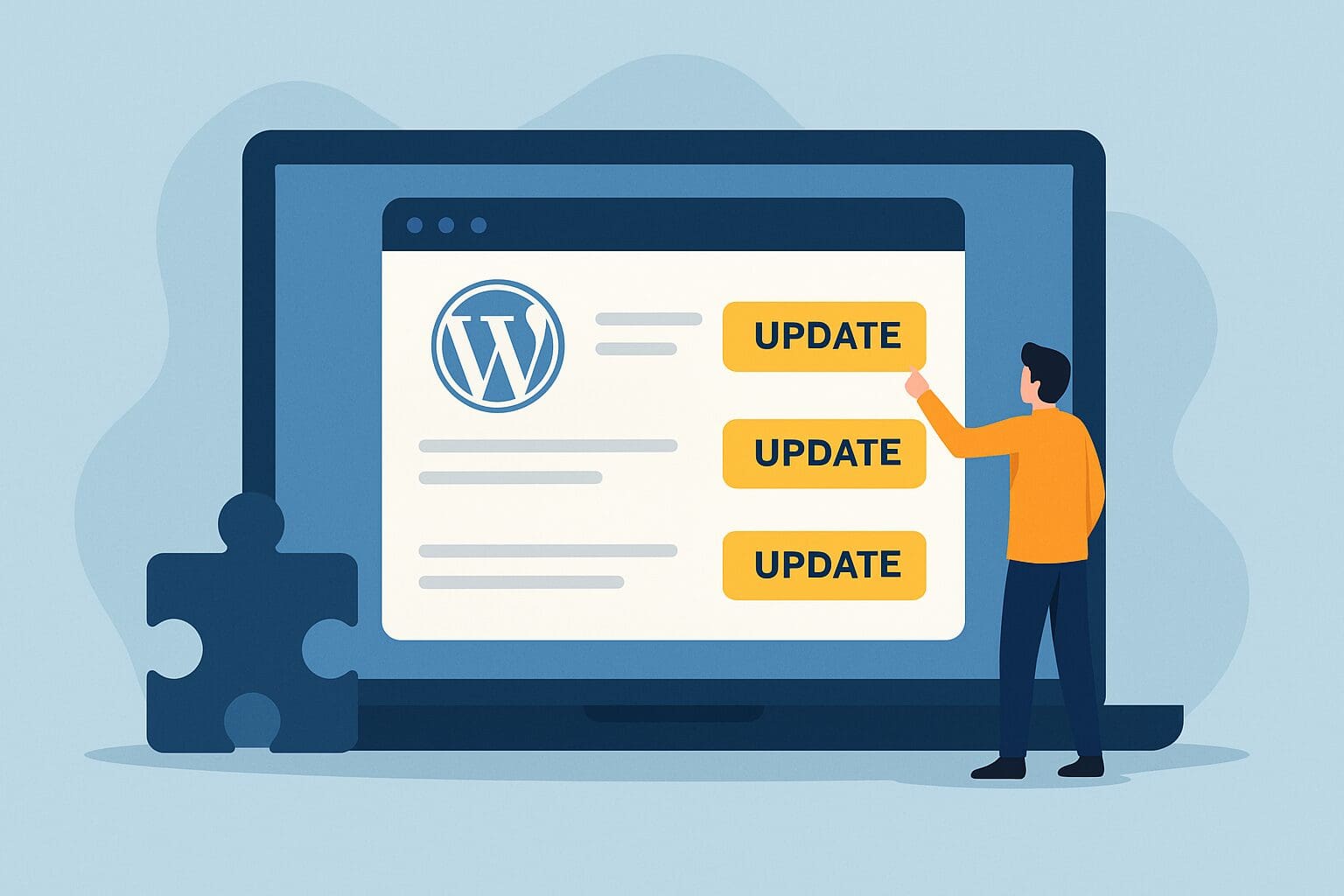If your WooCommerce dashboard slows to a crawl on busy days (filters hang, exports time out, checkout feels laggy), you’re bumping into the old posts / postmeta storage model. HPOS (High-Performance Order Storage) fixes that by moving orders into dedicated order tables built for ecommerce queries—not blogs. It means faster lookups, smoother admin screens, and more headroom when traffic spikes. developer.woocommerce.com+1
Quick fact: Since WooCommerce 8.2 (Oct 2023), HPOS is on by default for new stores. Existing stores can opt in with a guided migration.
What HPOS changes (in plain English)
Historically, orders were just another “post,” and every detail lived in postmeta. That’s fine for small sites, but it collapses under scale. HPOS shifts orders to purpose-built tables (e.g., wc_orders, wc_orders_meta, addresses, operational data), which dramatically reduces query complexity and contention. Translation: snappier admin + fewer timeouts as you grow.
Should you enable it?
Yes—if you’re growing or already feeling pain. Stores with thousands of orders, busy promo periods, or heavy reporting benefit the most. New installs have it already; mature stores can switch after a quick readiness check.
Hold a beat if you rely on custom SQL against posts/postmeta or older extensions that haven’t declared HPOS compatibility yet. Those should be updated to WooCommerce’s CRUD layer (e.g., wc_get_order()) or explicitly marked HPOS-ready.
How to turn it on (the safe way)
Go to WooCommerce → Settings → Advanced → Features and enable High-Performance Order Storage, then run the migration wizard. There’s also a compatibility (dual-write) mode that lets you populate HPOS tables while the legacy tables still operate—handy for testing. Always do this on staging first.
A little salesy—but honestly helpful 🚀
If you’d rather not risk a mid-sale meltdown, we can handle this for you:
- HPOS Readiness Audit (free 20-min consult): We scan your stack, flag incompatible plugins, and outline the migration plan.
- Staging-first Migration: We enable dual-write, backfill orders, and run end-to-end test purchases.
- Go-Live Window + Rollback Plan: Timed cutover, real-time monitoring, and a one-click rollback snapshot.
- Post-migration QA & Tuning: Index checks, report sanity checks, and page-speed passes.
Ping us and we’ll share a quick loom recap + fixed quote. No pressure—use the plan yourself if you like.
HPOS Migration & QA Checklist (copy/paste)
Prep
- Full backups (files + DB) and create a staging clone.
- Update WooCommerce and all extensions to current versions.
- Audit compatibility: confirm each plugin/theme has HPOS compatibility declared or uses WooCommerce CRUD (no direct SQL to
posts/postmeta).
Enable & Populate
4. On staging: WooCommerce → Settings → Advanced → Features → HPOS → turn on compatibility/dual-write. This fills HPOS tables in the background while legacy tables remain authoritative.
5. Backfill / migrate existing orders; verify the counts match (legacy vs HPOS).
Functional QA (staging)
6. Place test orders (guest + account, coupons, multiple gateways).
7. Refund / cancel / edit orders; verify emails, webhooks, and integrations (shipping, invoicing, CRM) still fire.
8. Admin sanity checks: search, filter, bulk actions, reports/exports—confirm results are fast and correct.
9. 3rd-party flows: subscriptions, multilingual, custom order meta, metaboxes—confirm HPOS-safe code paths.
Performance & Data
10. Run a small load test or timed scripts on order screens; record before/after.
11. Verify DB indexes exist on HPOS tables (normal if you used the wizard).
Cutover
12. Schedule an off-peak maintenance window.
13. Enable HPOS as authoritative (turn off compatibility mode), clear caches, warm critical pages.
14. Monitor logs, errors, and order flow for 24–48 hours; keep the backup handy.
Bottom line
- New stores: You’re likely already on HPOS—carry on.
- Growing stores: The speed and stability gains are real. Do a quick audit, migrate on staging, then cut over.
- Heavily customized stacks: Plan for a bit of refactoring, then enjoy faster order ops once you switch.

